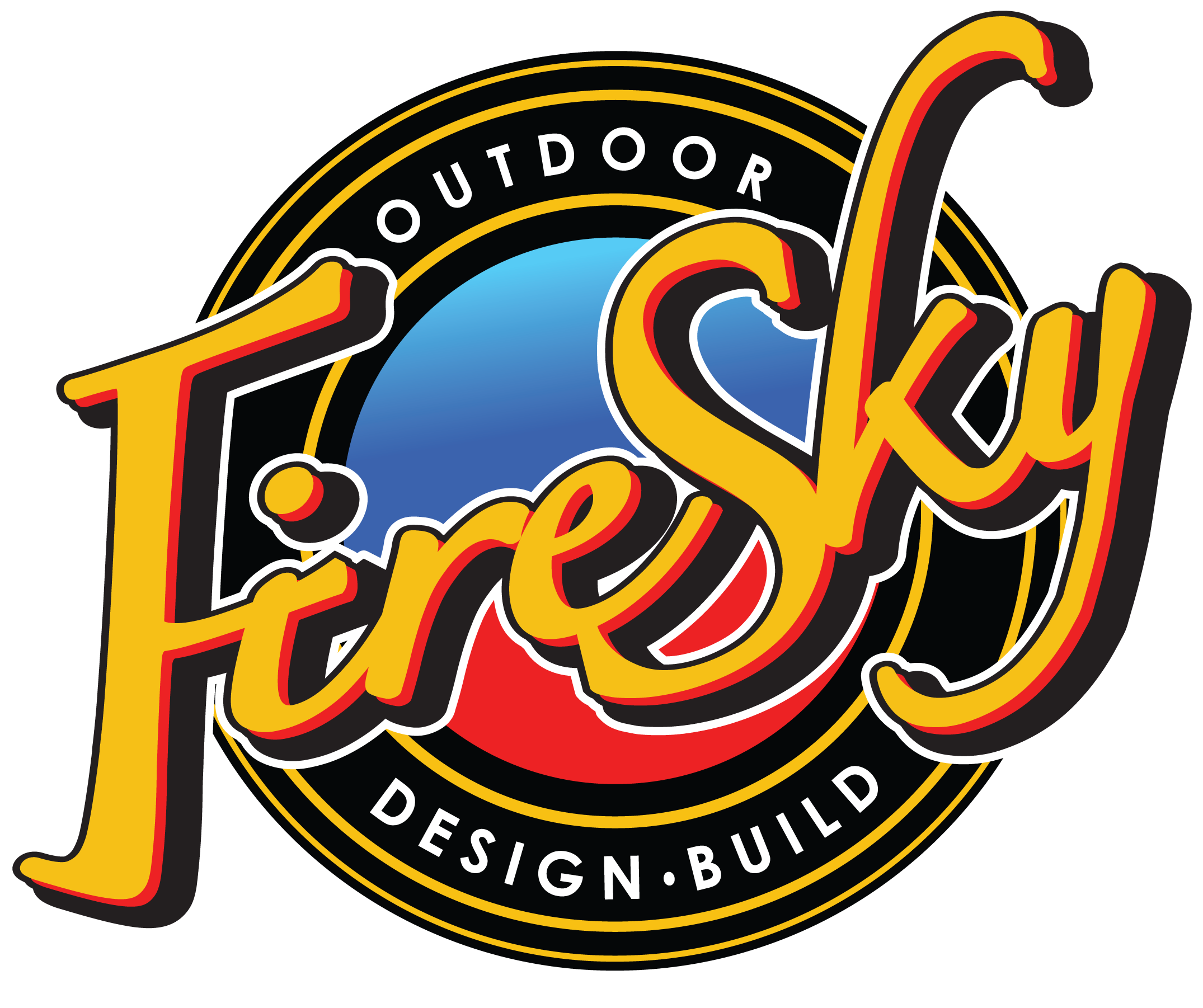Landscape Designer's Tips for Planning a Large-Scale Project in Folsom, CA
As more homeowners catch on to the benefits of turning their outdoor spaces into extensions of their homes, large-scale landscaping projects are becoming a more common request. Such projects require the specialized skill of a landscape designer and some careful planning. Here’s how to pull of your landscape project in Folsom, CA, without a hitch.
Related: How Landscape Design Adds Value to Your Granite Bay, CA, Business
Communicate Clearly
A large-scale design/build landscape project starts with good communication between the homeowner and the landscape designer. The beginning stage involves the designer listening and getting to know exactly what the homeowner envisions and thinking through how to meet those expectations within the budget. Early discussions should involve both how you hope your newly transformed landscape will look and also how you hope it will function.
In turn, the designer may suggest elements that deliver the desired feeling (whether you are going for drama, serenity, elegance, rustic beauty, etc.) and communicate these ideas via drawings and plans. You’ll also be asked about your preferences for materials, and you may want to go over the pros and cons of certain kinds (such as natural stone vs. stone veneer) before finalizing your plans.
As your vision takes shape, the landscape designer may share 3D renderings with you. You may find that something you had envisioned will not work as well as you thought (the kitchen may be too cluttered with an outdoor fireplace, for example, and the fire feature may be best placed elsewhere in the landscape).
With clear communications throughout the process, particularly early on, you can avoid misunderstandings, last-minute changes, unnecessary delays, and budget surprises. By their nature, large-scale projects present more challenges than simpler projects. A small issue can potentially delay a project, and big issues can derail it completely—but this can be minimized with thorough planning and open communication.
Plan for the Future
In some cases, the budget doesn’t match the wish list or the homeowner chooses to complete a project in phases. A good landscape designer can plan out the project in phases if that would make the most sense. During the first phase, the homeowner’s most cherished elements are built, and utilities and other planning for future expansion is done proactively to minimize upheaval and cost when the next phase is ready to be implemented. This proactive planning can include installing utilities in the location of a future kitchen, spa, or sauna. Having to dig up the yard twice (and possibly the existing hardscape) to add the next phase is not only costly and disruptive, but often preventable.
Think Through the Seasons
In Folsom, the summers are hot and dry, and the winters are short, cold, and wet. In planning a large-scale landscape project, the timing of construction has to be right to ensure minimal delays due to weather and the health of new plantings.
Related: 8 Landscape Architecture Ideas for Creating a Well-Designed Outdoor Space
Factor in Planning and Zoning Requirements
One of the most frustrating parts of a large-scale landscaping project is delays due to zoning issues, permit violations, or building code variances. It’s imperative that the landscape designer work closely with local planning and zoning commissions to ensure that everything is done to code and approved, to prevent costly delays. Expert, experienced landscape designers in your area know exactly what they need to do to keep the project on track and to your specifications.

